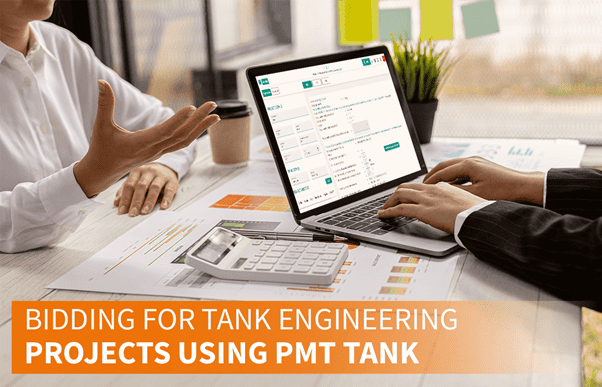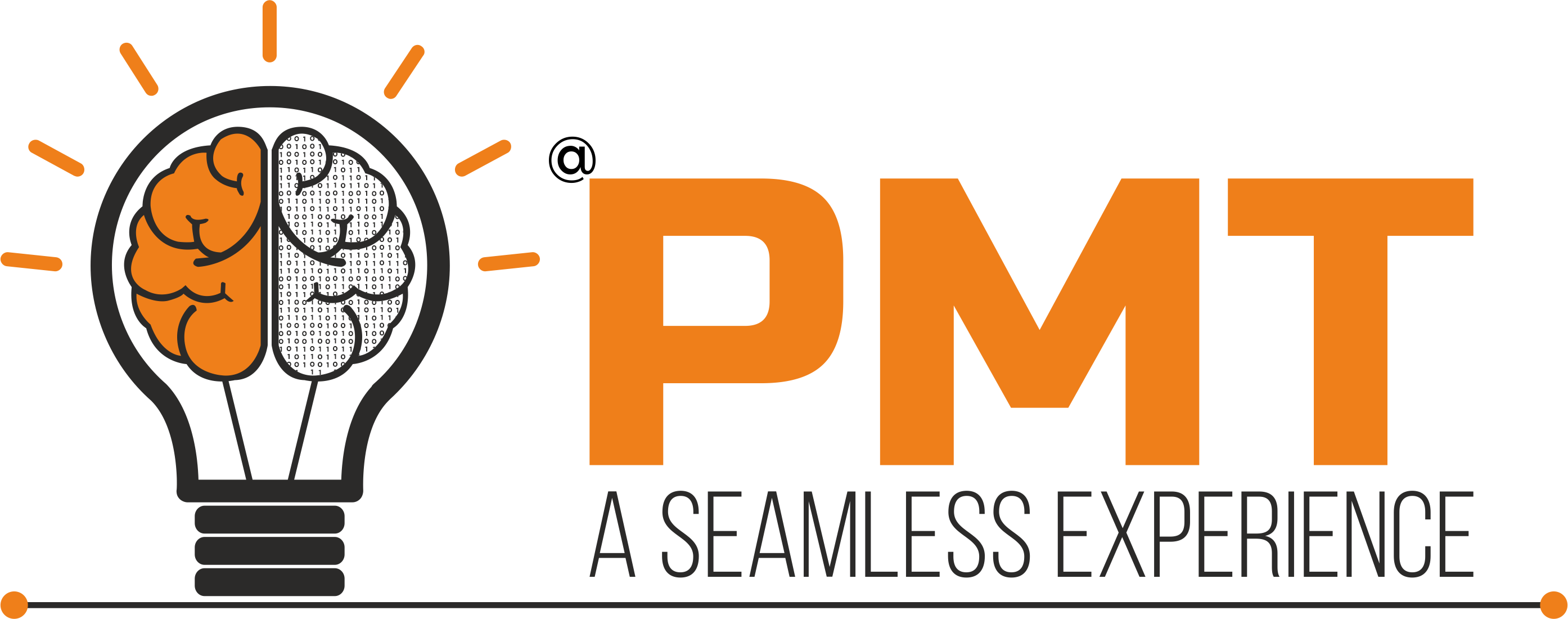Bidding for Tank Engineering Projects using PMT TANK

Bidding for any project is the first step towards the continuity of business organizations and the value they bring. It is also the most critical step for ensuring correct estimation for the project scope planning, execution, cash flows, resources, etc.
In this blog, we have highlighted the five essential elements required to bid efficiently for Storage Tank projects and how PMT TANK helps enhance the bidding process.
1Understand project size and value:
- Typically, an Engineering or EPC company will review the project specifications, which include details about the size, capacity, material, and location of the storage tank.
- Utilizing PMT TANK during the pre-bid stage for Storage tank design can go a long way towards helping you generate better design outputs and MTOs/ BOMs on day one. We can submit a closer estimate and be competitive to win the bid, which will help better plan resources post-awarding the PO.
2Understand the client’s requirements:
- By utilizing over three decades of experience and expertise in designing Tanks for clients across the globe, PMT has developed PMT TANK. PMT TANK is developed considering the variety of requirements that may come up in terms of different codes, specifications, materials, locations, and more; which drastically saves the Engineer's time locating various information through various sources. The design Engineer just has to enter the right details/ inputs in tabs to obtain accurate information.
3In-house Capability and Capacity:
- PMT TANK helps Engineer Design Storage Tanks as per the Code and Project requirements. The Software has validations that help achieve the correct design and Real-time error detection/ validation which helps to minimize errors in a short period and at low costs. The output design from PMT TANK also allows for planning resources required post-bid to account for estimation during the bidding stage.
4Long-Term Strategy:
- PMT TANK allows users to store their designs for as long as required. Once users have generated a design using PMT TANK, they can access it anytime from anywhere upon logging into their profile on the Software. Users may also download and store their Storage Tank designs in word or pdf format for future reference.
5Review/ Risk Assessment:
- We will explain this step in detail to help you understand how the PMT Tank Design software helps in reducing the manual workload involved in the review and risk assessment process. We have detailed the typical review and risk assessment process that involves several steps:
- Collect Data: The first step is collecting data that may include technical specifications, process parameters, and preliminary datasheets.
- Analyze Data: Once the data is collected, it must be analyzed to identify potential risks and issues.
- Identify Risks: Identify specific risks and issues based on the design validation, which involves categorizing risks according to their severity, likelihood, and impact on the asset or project.
- Assess Risks (Warnings): After identifying the risks, the software notifies users about the possibility of error or any code guideline violations so users can make preventive steps effectively.
- Final code guidelines Review: If in case the user missed any critical factor even after a real-time warning, then the error summary of the software will help the user to get a clear idea to recognize the possible errors.
- Mitigate Risks: The final step is to develop a risk mitigation plan to address the identified risks and issues.
Added benefit of PMT TANK:
PMT TANK allows users to share or copy designs prepared by the user with another user from the same company through the Software itself. It also allows the user to download the design in word or pdf format for the user to be able to share the design with their colleagues, seniors, or event client. Reviewing helps in understanding and then minimizing the risks associated with the project.
